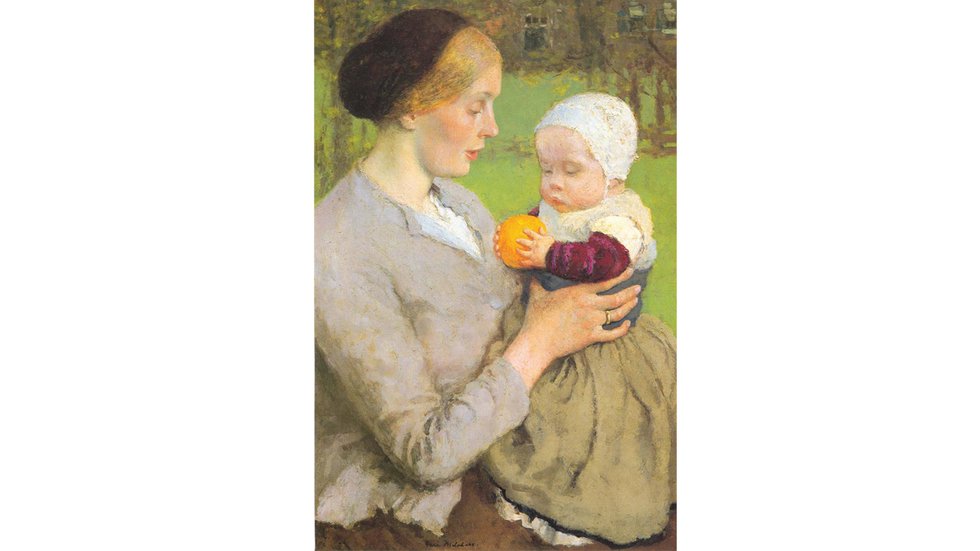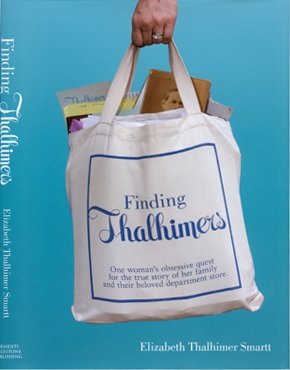
It was so cold in 1816 … well, it was known as the year without a summer, a year recollected not unlightly by the Warren Sentinel a century later.
In his diary, runs the article, Isaac Millar, one of the earliest European settlers on the land now known as Warren County, wrote that there was a frost every month that year and that farmers harvested grain in their overcoats.
Gardens took a hard hit, as did corn, leaving a shortage of seed corn for the next spring’s planting. In a later entry, Millar calls the year “eighteen hundred and froze to death.” Fruit crops were terrible, though a couple of apple trees were “fairly well filled,” he wrote. The trees, of Swedish stock and presumably better adapted to the cold, had been brought back by his father from New Jersey during the Revolution. (Those trees, which continued to bear long after the Civil War, were long gone by 1916, though they had a “wondrous ‘progeny’ in this neighborhood,” ran the story.)
The deep freeze was worldwide, in the northern hemisphere anyway, and crop failure and famine were widespread in North America and Europe.
In the meadows of upstate New York they could have built a snowman in June as a blizzard “pummeled” the region, according to a 2015 article in the New York Times, which also reported that “killer frosts in New England ravaged farms,” and “[h]ailstones pounded London all summer.”
The climatic upheaval resulted from the eruption, in the Dutch East Indies (now Indonesia), of Mount Tambora, a blast 100 times bigger than that of Mount St. Helens, reports the Times story, which came on the heels of the publication of Gillen D’Arcy Wood’s Tambora: The Eruption that Changed the World. Wood describes the effects as “so extreme that many nations and communities sustained waves of famine, disease, civil unrest and economic decline.” The eruption killed 100,000 people, either immediately or from starvation because their crops had been buried in volcanic ash. The Times succinctly explained the mechanism. “The global veil, high above rain clouds, reflected much sunlight back into space. So the planet cooled.”
There were cultural repercussions too. Accompanying the Times’ story is a photograph of “Chichester Canal,” by J.M.W. Turner, one of many 19th-century paintings that reflect either the dun hues of the sky or the brilliant sunsets effected by the volcanic clouds. And the dusty atmosphere and perpetually overcast skies engendered two bizarre but influential literary turns—vampires and Frankenstein. In the latter, the doctor’s famous monster first took form in the mind of Mary Shelley while she was visiting Switzerland during that cold, tempestuous summer, possibly under a haze of laudanum of which she, hubby Percy and Lord Byron partook, the Times article suggests.
Just 70 miles south of Warrenton, Thomas Jefferson, farming at Monticello, had a dreadful season in 1816 and the following year, and he was worried about total failure “if the seasons should, against the course of nature hitherto observed, continue constantly hostile to our agriculture.” Farther afield, the cold weather triggered rains in India that led to a cholera pandemic that began in 1817 and killed tens of millions around the globe, eventually dealing a second insult to the Dutch East Indies, killing another 125,000.
Local stories about the year went long unconnected until scientists began to knit them together and see the massive scale of the cold, the damage and the death. Our Swedish apple trees, and we, it seems, were lucky.









